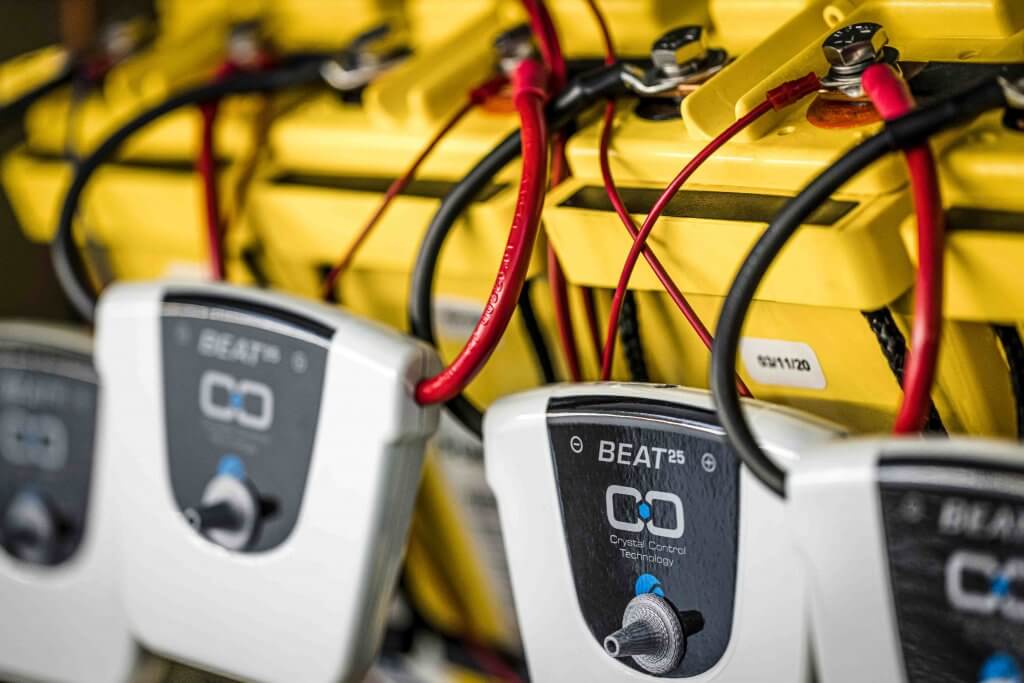
Renewable energy is a cornerstone of Europe’s shift to a decarbonised future. And one of the technologies acting as a driving force for the increasing deployment of renewable energy projects is advanced lead batteries.
Batteries are key for storing energy generated through renewable sources such as wind and solar, a critical part of making this new energy mix more reliable. In Norway, electrification efforts are intensifying particularly around the use of renewables energy, and CBI member WaveTech Group, Inc. has recently announced their partnership with OneCo’s efforts to streamline the process.
Advanced lead batteries have been innovating in new ways in recent years, driven by the work of the global industry and CBI to ensure the technology continues to play a significant role in decarbonisation and electrification aims. Some of the key ways outlined in CBI’s Technical Roadmap specifically focused on the energy storage sector is for increased cycle life and energy efficiency for advanced lead batteries.

The partnership with OneCo is based on WaveTech’s unique solutions, offering Crystal Control Technology (CCT) for lead batteries resulting in enhanced performance and longer lifetime for use in the energy storage sector. The technology is based on applying a specifically modulated periodic signal during charge, and closely monitoring the state of charge and state of health of the battery. The innovation is used currently in the telecoms sector, where lead batteries globally represent the majority of battery demand. WaveTech’s R&D department is currently optimizing the technology for doubling the lifetime and tripling the energy throughput of the batteries for this and other stationary energy storage applications.
The benefits of Crystal Control Technology help WaveTech to charge the batteries faster and more efficiently. The power pulses sent to the battery enhance the mobility of ions in the electrolyte and optimize crystallization in the positive and negative plates of the battery. The surface of the plates remains active, sulfation is slowed down, and the highly porous microstructure of the lead and lead dioxide crystals formed in the active materials is kept sustainable. This results in a range of benefits including better battery power performance and longer life, reduction in charge energy consumption and hence lower CO2 footprint of battery operation.